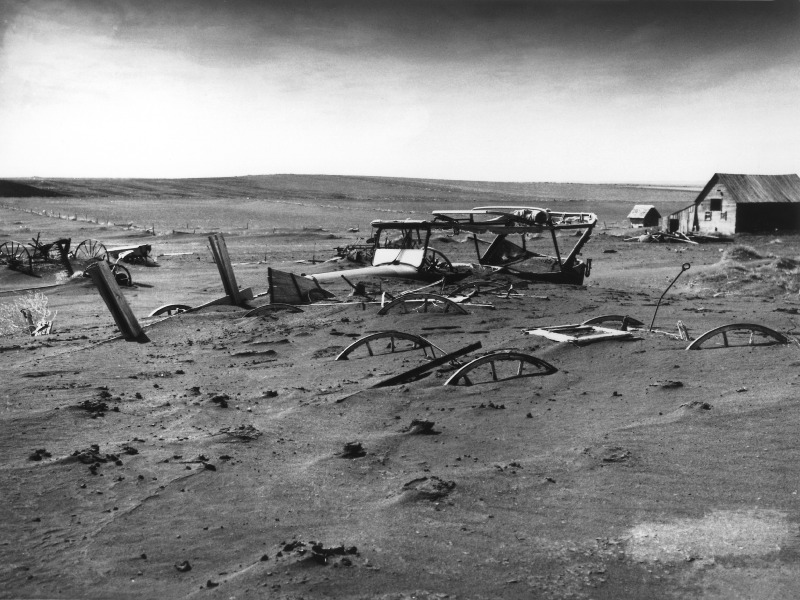
How Humans Have Adapted to Droughts
by Juan Esteban Palma, age 9
A drought is a shortage of rain that dries up land. With dry land, it’s hard to grow crops. For Native Americans in 1770, there was not much water due to a drought during that time. This led to a large portion of the population dying from starvation, since they were unable to grow food in the dry soil.
Later in 1930, Texas and Oklahoma, which were once covered with grass and crops, went through a drought period. This too led to infertile soil. For this reason, the area became known as “The Dust Bowl”. Later on, people were able to restore the water in the ground and replant the region. It is no longer a desert.
When crops die, the ground becomes dry and crumbly; this makes it much easier for plants to be uprooted and blown away by the wind. By losing plants so easily, the green grasslands can transform into deserts very quickly. This is a phenomenon called desertification. Areas that are inhabited by large herds of cattle or places with mass deforestation have higher risks for desertification.
In order to stop desertification from following a drought, people started making irrigation channels. These channels move water to areas that don’t have it naturally to make it possible to grow their crops in droughts.
From learning about historical events and practices, droughts today are managed better. It will be important to understand how to counter dry and infertile conditions especially as global temperatures rise in the future.
[Sources:
The Children's
;
Factfinder
]

